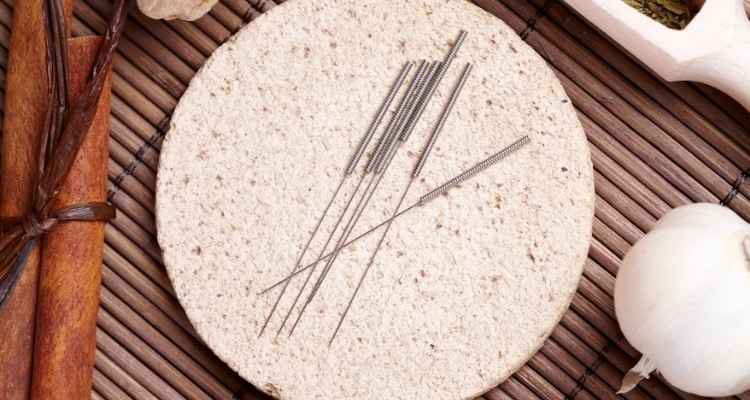When it comes to the ancient practice of acupuncture, many people are confused about the origins and efficacy of the treatment. Some believe that because the practice doesn’t have a firm basis in scientific theory, it can be dismissed as some simple, ineffective homeopathic treatment. Others believe that this is the very reason why the treatment has so much power and potential as a form of healing medicine.
Today, theinnerwellness.com looks at one of the most interesting relationships acupuncture has, which is the relation it shares with dry needling. On the surface, these two procedures look remarkably similar. They both use thin needles inserted into the body. They are both used for stress relief, muscle relaxation and the treatment of other physical woes. But, just because they share these similarities does not make them the same across the board.
The Differences Between Acupuncture and Dry Needling
When They Were Established
In fact, the opposite is true. Acupuncture is an established practice rooted in hundreds of years of Chinese medicine, whereas dry needling is a concept developed only in the last 50 years or so. This makes dry needling a mere fledgling in comparison. Still, the differences between these two practices are not nearly so “skin deep.”
The Purpose of the Treatment
Another difference between the two practices is that acupuncture does not have a scientific basis, whereas dry needling tries to firmly root itself within a scientific premise. This is unfortunate for the latter treatment, as there is sparse evidence that it is more capable than the placebo effect. By contrast, however, acupuncture has been proven time and time again to be an effective treatment for a wide range of debilitating health effects.
The Premise of the Treatment
A third difference between the two treatments is the intended effect of the treatment. Acupuncture is based on a theory of the body that involves energy (Qi) flowing freely throughout ourselves. When acupuncture needles are inserted into the meridian, or main, points of the body, they help release pent-up Qi energy and facilitate the flow of it throughout our bodies, providing a healing and nurturing effect.
By contrast, dry needling focuses on the trigger points of our bodies, which are tender bands of muscle located within larger muscle groups. These trigger points are allegedly manipulated by the dry needling technician to relieve stress and pain or reduce the occurrence of things like muscle spasms, strains or pain in the neck or back. Rather than manipulating our Qi energy, dry needling focuses on a more concrete physical trait.
The Education Required for Practitioners
The education requirements for acupuncturists and dry needling professionals differ as well, with acupuncturists receiving several years of training and education before they become practitioners. On the opposite side is dry needling, which often only requires a basic education to begin practice.
Another considerable difference between the two is the regulatory requirements for the practice. As you may suspect with the lack of formal training exhibited by dry needling, the practice is also not regulated to the same standards or degree as acupuncture. This means that practitioners may or may not have all the necessary training they need to properly affect the body in a positive way.

